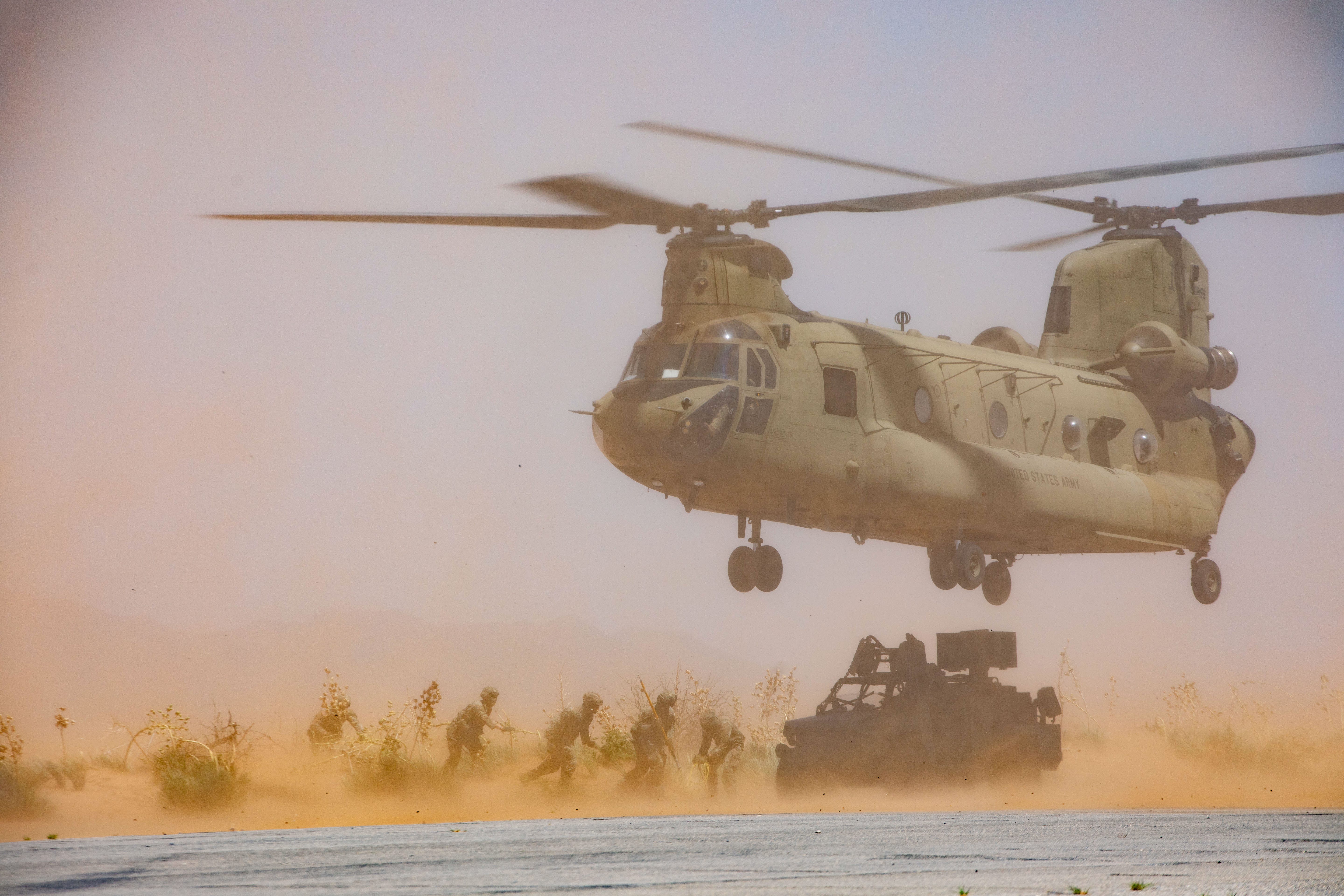Laser Weapon Spotted Near US-Mexico Border
A US Army vehicle sporting a laser turret was photographed training with soldiers assigned to Joint Task Force Southern Border.

The US Army appears to have sent a utility vehicle armed with a hi…
Keep reading with a 7-day free trial
Subscribe to Laser Wars to keep reading this post and get 7 days of free access to the full post archives.


